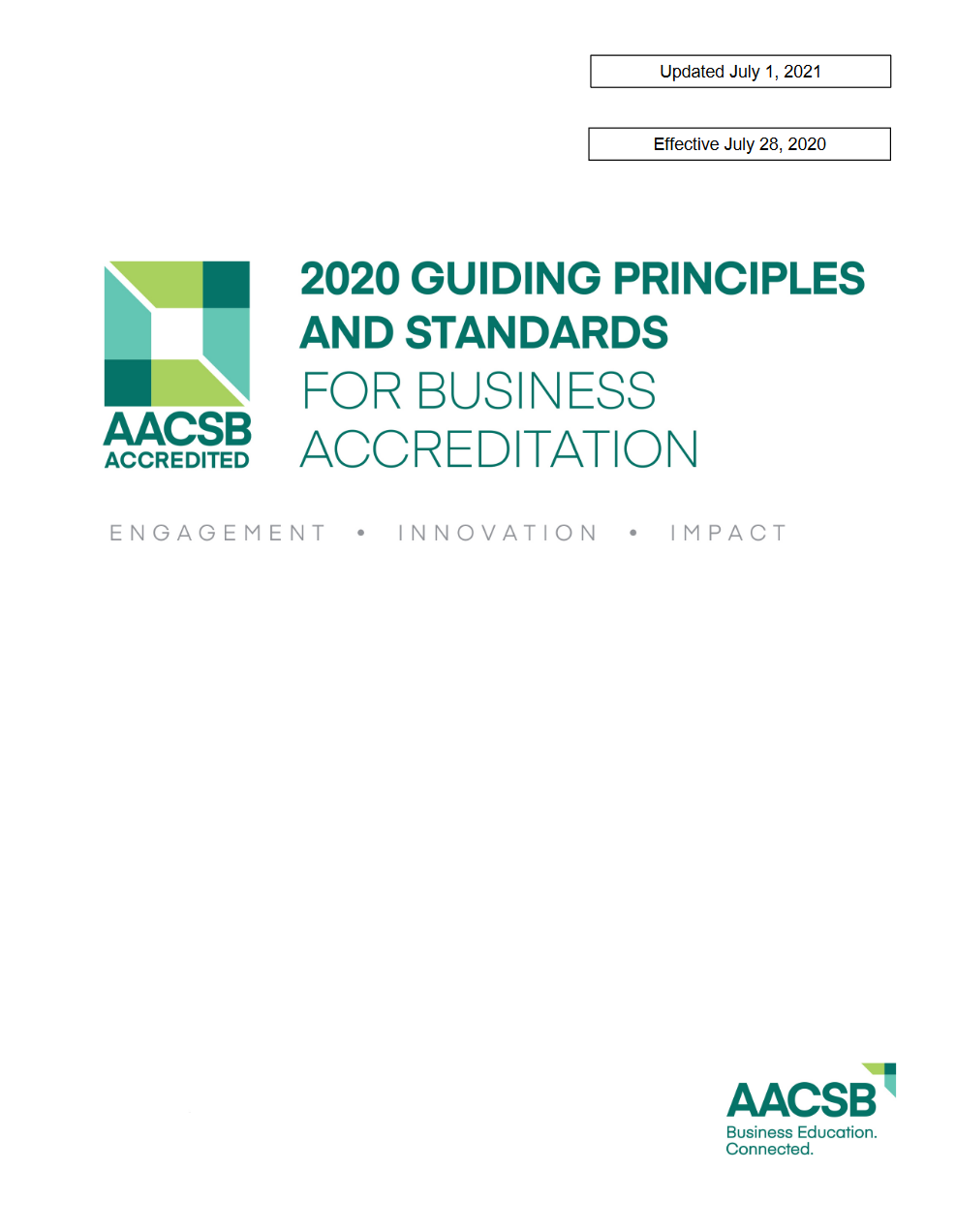Diversity and Inclusion in the Standards
Overview
Diversity and inclusion are among AACSB’s core values and are a critical component of the newly implemented 2020 business accreditation standards.
Within each region, country, and community, the meaning of diversity and inclusion varies—and AACSB-accredited business schools are committed to creating welcoming environments that foster diversity, inclusion, and belonging.
The AACSB accreditation standards view diversity and inclusion through a global lens and are structured to provide a consultative approach to schools, and how they determine the impact they most want to have in society.
There is no one-size-fits-all approach, no template to follow. Rather, the school’s mission and the situated needs of its community stakeholders are what drive the school's approach to diversity and inclusion and help determine its methods for demonstrating impact.
Diversity and inclusion are among the 10 guiding principles underpinning the shared ideals of AACSB accreditation.
-
The guiding principles help steer accredited schools in their behaviors, values, attitudes, and choices as they relate to each school’s strategy, operations, and efforts toward building a community of belonging.
In the 2020 standards, diversity and inclusion ideals are embedded in 66% (6 out of 9) standards compared to 40% (6 out of 15) in the 2013 standards
AACSB understands that the terms “diversity” and “inclusion” are relative to the cultural context of the accredited school, and this understanding is reinforced in the “Philosophy of AACSB Accreditation” on page 9 of the standards.







